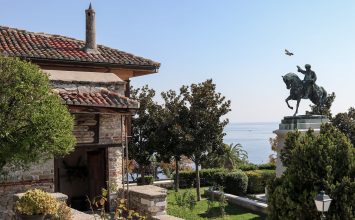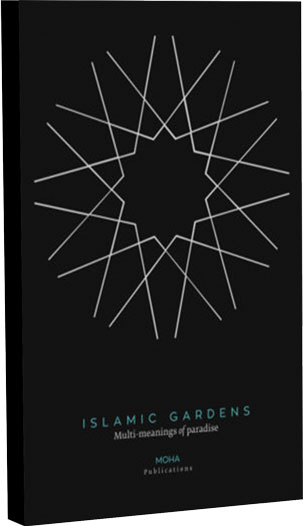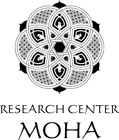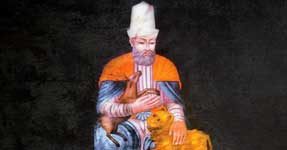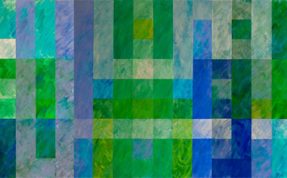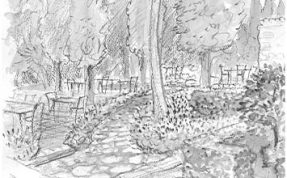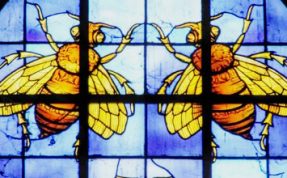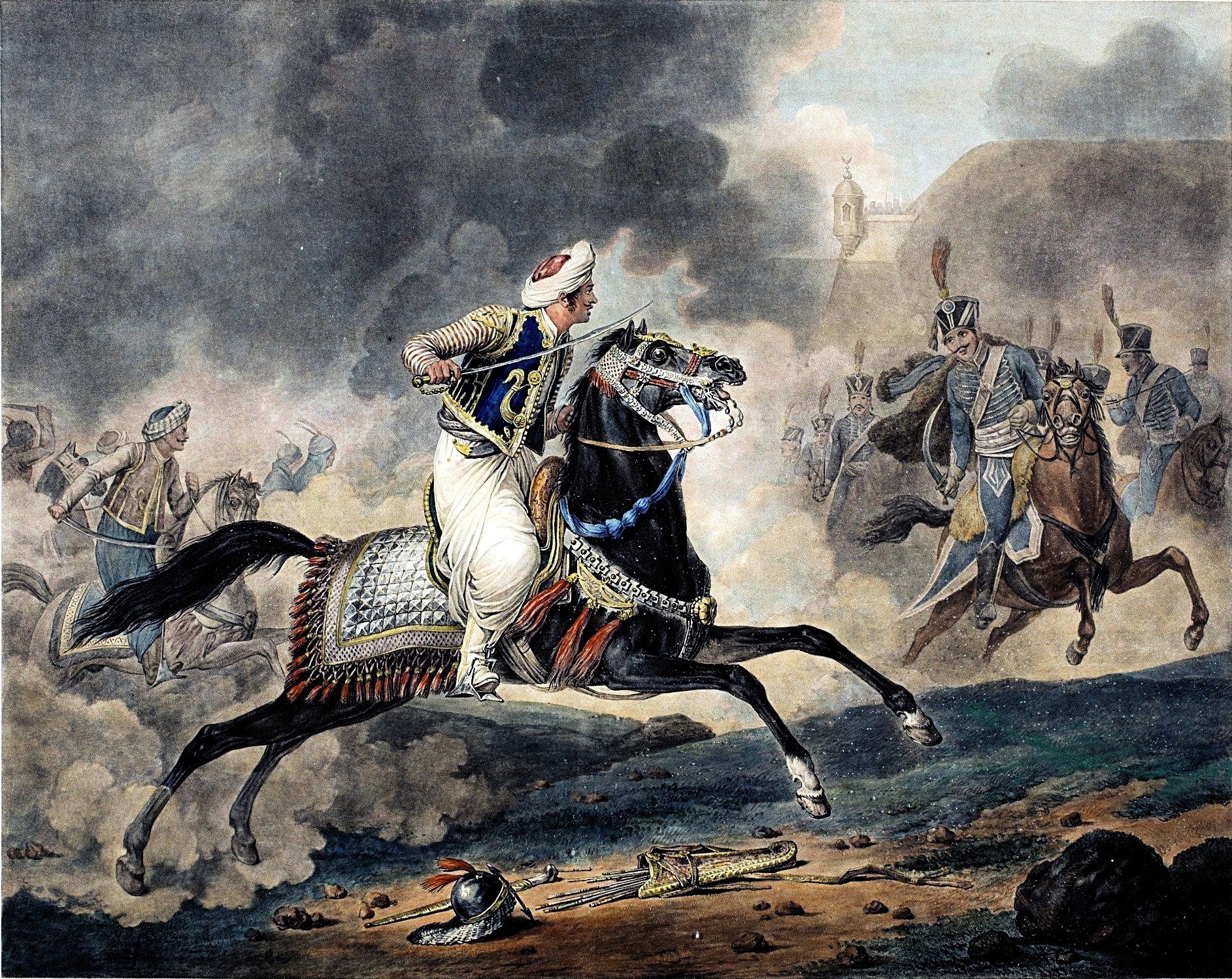The horse has always been a common symbol of power, prestige and respect in many civilizations, in the East and the West. Over the centuries, the horse has become legend, art, and it has been associated with human history, war, peace, work.
In the ancient deserts of the Middle East, the oldest horse breed, the Arabian, was born and raised. According to a Bedouin legend, God created the horse from the four winds. He endowed the animal with spirit from the North, strength from the South, speed from the East, and intelligence from the West. According to another Bedouin story, when God created the horse, he said, “I have created you as I have created no other creature. All the treasures of the earth are between your eyes. You shall carry my friends on your back. Your saddle shall be the seat for prayer to me. And you shall fly without wings and conquer without holding a sword.”
While the origins of the Arabian horse are hidden in the sands of ancient deserts, most researchers agree that they originated in the region of the Arabian Peninsula. Bedouin tribes recognize a common history with Arabian horses around 3,000 BC. Nomads used horses to carry loads and to attack rival tribes. The horses were often being brought inside the family tent for shelter and protection from theft. In fact, many purebred Arabian horses have names that begin with “Bint” or “lbn”. These prefixes are a rough translation of the Bedouin words for “daughter of” or “son of”. The breed’s endurance and boldness are a result of the dry climate and harsh environment in which it developed. As hardy horses, they live for many years.
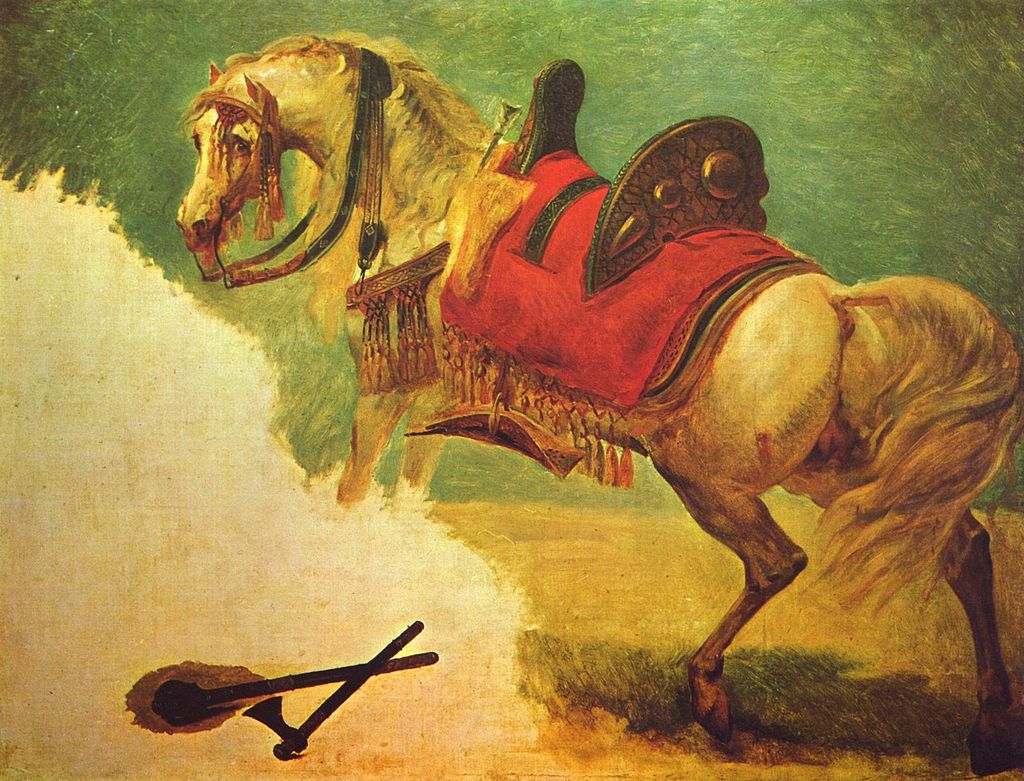
Arabian horses have a compact body that indicates strength and speed. Their backs are short and ideally, they have sloping shoulders and strong hindquarters. They also have elegant, arched necks, fine silky manes, and wedge-shaped heads. Their physique shows finesse, strength, agility, and elegance. Compared to many other horses, Arabians are small in stature. Their incredible energy, intelligence, and gentle demeanor allow riders to excel in equestrian sports and events. The strength of Arabian horses is legendary, as is their courage and devotion. They were war horses used by the Assyrians, Hittites, and Egyptians.
Fiery warhorses were popular artistic subjects in Ancient Egypt and Mesopotamia, where they were often depicted pulling chariots in war or hunting. Horses with oriental characteristics also appear further north, in artwork from Ancient Greece and the Roman Empire.
Throughout history, Arabian horses have spread around the world through both war and trade. As a result, they have contributed their elegance, spirit, and intelligence to almost all the great horse breeds, including European ones. They participated in the Crusades, and even Napoleon’s famous horse, Marengo, was an Arabian.
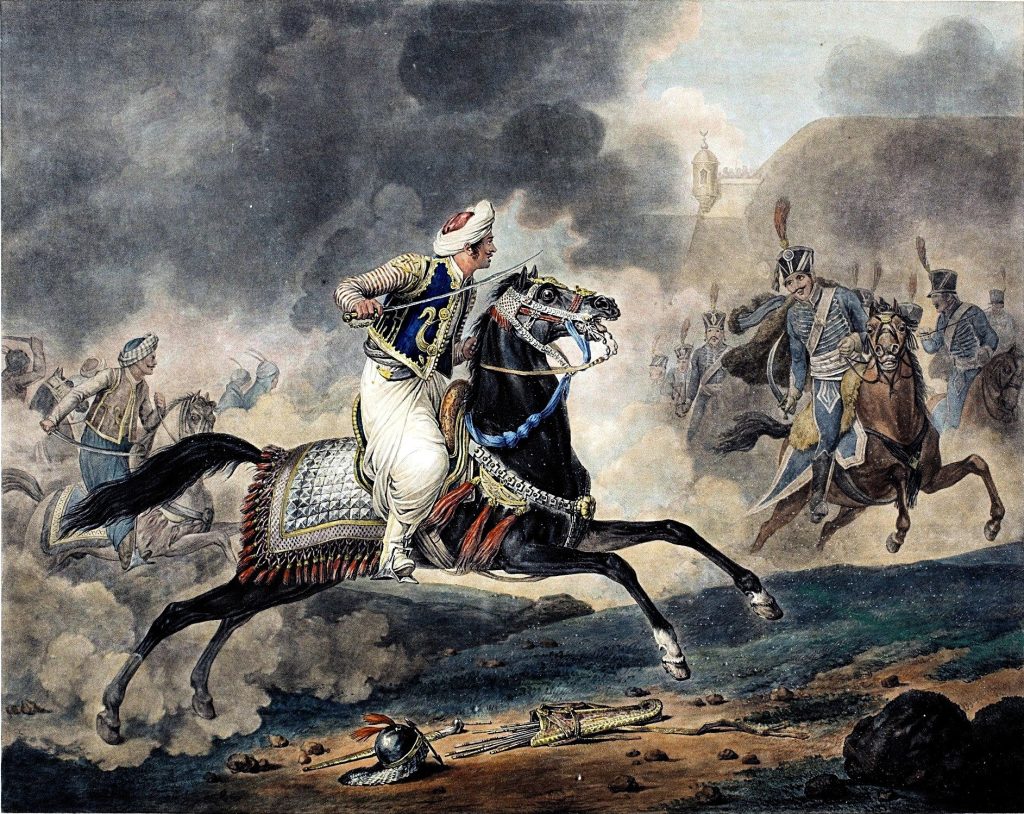
The Arabian horse breed spread widely throughout Europe, especially during the Ottoman Empire. The Ottomans acquired many Arabian horses through trade, diplomacy, and war. They also established private stud farms to supply their cavalry. Several Ottoman leaders, such as the famous Mohammed Ali Pasha of Egypt, collected pure-blooded Arabian horses bred in the desert. Through the Ottomans, Arabian horses were often sold, traded, or given as diplomatic gifts to Europeans. Another major infusion of Arabian horses into Europe occurred in 1522 when the Ottomans sent 300,000 horsemen into Hungary with horses which were captured during raids in Arabia. By 1529, the Ottomans reached Vienna, where they were stopped by the Polish and Hungarian armies. The horses of the defeated Ottoman cavalry were captured, and some of them were used for crossbreeding with eastern European breeds.
The fame and prestige of Arabian horses remain legendary, even miles beyond the Arabian Peninsula, even centuries after the nomadic life of the first Bedouins. To this day, Arabian horses are a valuable asset and a source of pride for their owners.
